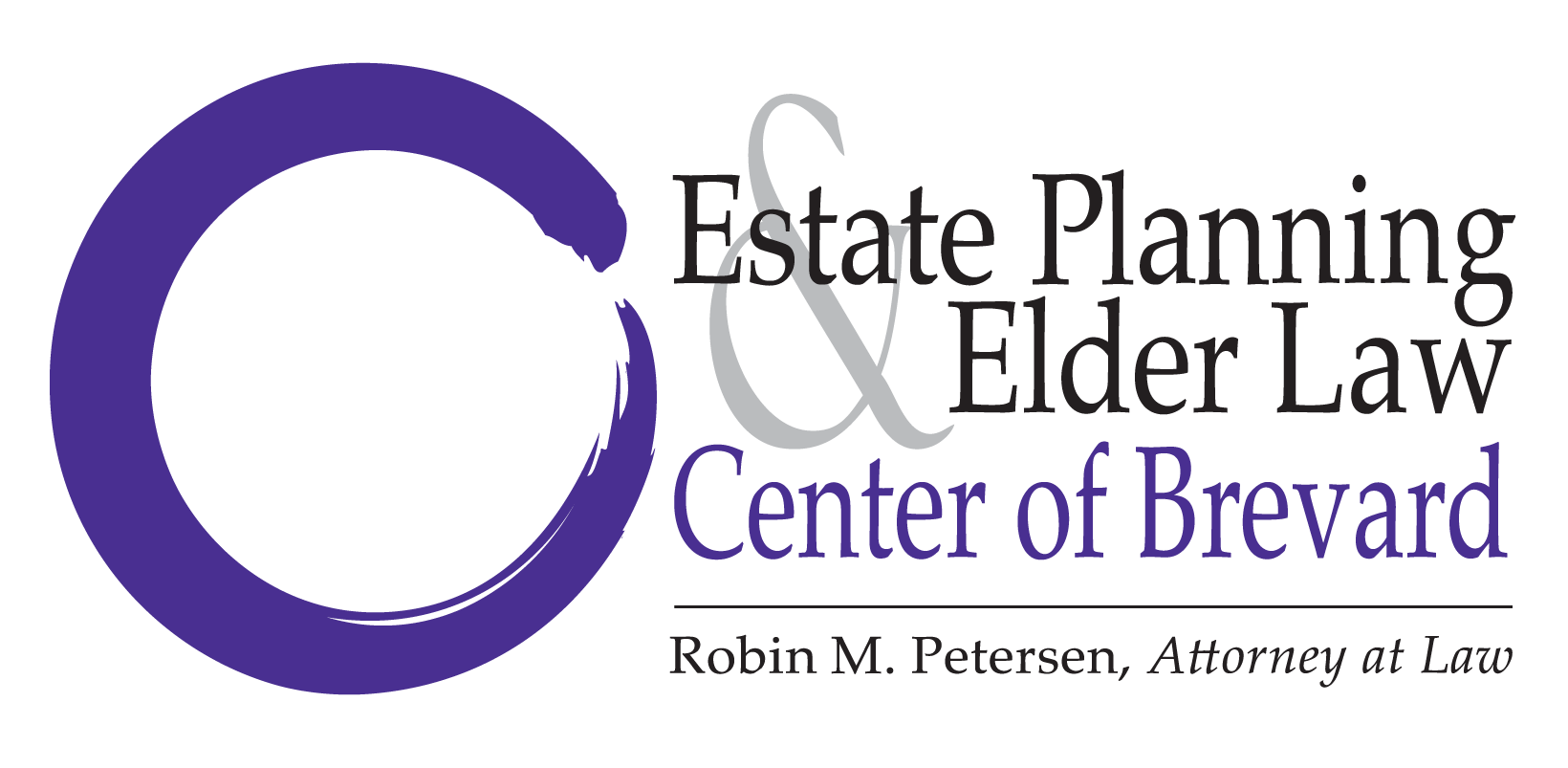When David Bowie passed on January 10, 2016, at age 69, he left behind a…
Retirement Planning is a Process, With a Long-Range Outcome
If your retirement planning includes being glued to the television, watching markets rise and fall, minute by minute, you’re doing it wrong. What’s happening inside your portfolio today, has little or no bearing in your retirement.
Many investors have tools for investing, retirement calculators and charts and spreadsheets as they track their portfolio, but that’s not a retirement plan, notes Kiplinger in a recent article, “Is Your Retirement Plan Completely Backward?” You want a roadmap more than a calculator.
1. Goals. You may want to retire at a certain age and/or with a certain income to maintain your lifestyle. You may want to achieve the financial freedom and flexibility to do what you want, when you want, with your money. Some others want to leave some kind of legacy behind for their children. It may be both. It’s critical to understand your objective, before you set out to achieve it.
2. Strategies. Part of your strategy should be an income strategy that will reliably cover your expenses for the rest of your life. You’ll need to have an idea of what your expenses are. You’ll also need to understand how you can maximize your Social Security benefits, plan for inflation, know how a surviving spouse will adjust to any changes in income and expenses and help guard your assets against longevity risk, with a retirement that can now last 30 years or longer. You don’t want to outlive your income.
Your financial strategy should help protect and preserve the assets you don’t draw from month to month. Your tax strategy should also legally keep more money for your family. Your health care strategy needs to address rising medical costs and look at long-term care options, in the event of a chronic illness.
Your legacy strategy must ensure that your money is passed on to your beneficiaries in the most tax-efficient way, and your estate doesn’t wind up in probate. Talk to an estate planning attorney about trusts and other protections to prevent your IRA from becoming fully taxable to your beneficiaries upon your death.
3. Your Financial House. Consider your finances like a house. The foundation is the money you want to protect from market risks. The walls are money that’s in the market, but is income focused with low volatility. The roof is focused on growth over income and might be exposed to more risk, depending on your comfort level. Make sure that all aspects of your financial house are built the way you want and remember you may well be living in that house for thirty years.
Reference: Kiplinger (June 26, 2018) “Is Your Retirement Plan Completely Backward?”



